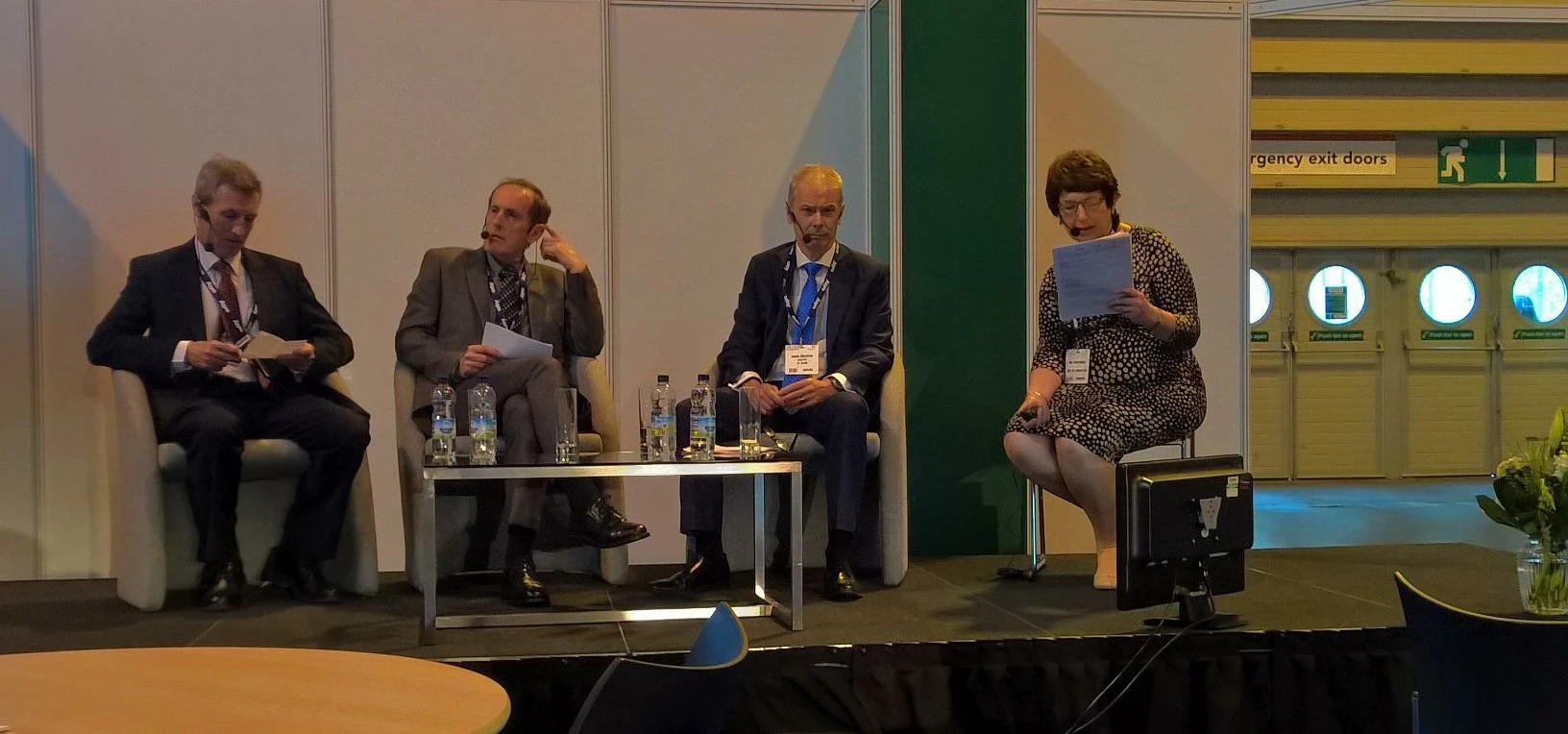
Partner Article
Does it matter what's in the box?
Poorly packed, badly spaced and overloaded containers are putting the supply chain at risk according to the experts at this year’s Multimodal CILT Workshop in Birmingham.
The myths and tragedies associated with badly packed and unsecured cargo was discussed at the event with a panel comprising Brian Sullivan, Business Development Director (TT Club), James Douglas (EXIS Technologies), Nick Sharp, McAusland Turner and chaired by Sue Terpilowski OBE, MD of Image Line Communications.
The wide ranging discussion looked at the dangers of non-compliance resulting in poorly loaded containers, containers overloaded, filled with unsuitable cargo, badly fixed or unsupported. The CTUpack guidance has implications alongside the new IMO Safety of Life at Sea (SOLAS) regulation which comes into effect on 1 July 2016 meaning all shippers must obtain Verified Gross Mass (VGM) of laden export containers.
The dangers of non-compliance were highlighted with facts: in the USA there are around 18,000 roll-overs of vessels with poorly loaded containers each year; 20% of containers on decks varied in the stated weight by over three tones with the largest discrepancy recorded at more than 20 tonnes.
Sue Terpilowski believes this is a major issue for the shipping industry and has serious implications for both commerce and safety at sea.
“Containers are the lifeblood of the cargo world and yet there are so many risks associated with poorly loaded containers and inaccurate reported weights that the whole supply chain can be put at risk. The new SOLAS regulations are a massive step forward in resolving this issue and what is in the box does matter and the industry needs to be proactive in using self-regulation CTUpack rather than be reactive and wait for it to be legislation.”
This was posted in Bdaily's Members' News section by Image Line Communications .
Enjoy the read? Get Bdaily delivered.
Sign up to receive our popular morning National email for free.








 Zero per cent - but maximum brand exposure
Zero per cent - but maximum brand exposure
 We don’t talk about money stress enough
We don’t talk about money stress enough
 A year of resilience, growth and collaboration
A year of resilience, growth and collaboration
 Apprenticeships: Lower standards risk safety
Apprenticeships: Lower standards risk safety
 Keeping it reel: Creating video in an authenticity era
Keeping it reel: Creating video in an authenticity era
 Budget: Creating a more vibrant market economy
Budget: Creating a more vibrant market economy
 Celebrating excellence and community support
Celebrating excellence and community support
 The value of nurturing homegrown innovation
The value of nurturing homegrown innovation
 A dynamic, fair and innovative economy
A dynamic, fair and innovative economy
 Navigating the property investment market
Navigating the property investment market
 Have stock markets peaked? Tune out the noise
Have stock markets peaked? Tune out the noise
 Will the Employment Rights Bill cost too much?
Will the Employment Rights Bill cost too much?